
One of the world’s most popular cheeses, Chèvre is as hard to miss as it is to pronounce. The goat milk cheese is on every charcuterie board, sliced onto pizzas, baked into fruit tarts, and sprinkled over salads in any season. What is it about this unassuming cow-free cheese that makes it stand out so much while also blending in so well?
Whether your affair with Chèvre was love at first bite or you’re just brie curious, a little off-the-rind insight can be the key to unlocking a whole new wheel of pasteurized possibilities. So for you’re next trip down the cheese aisle, here’s a go-to guide Chèvre.
What is Chèvre or Goat Cheese?

Le Fromage de Chèvre, or goat cheese, is any cheese made from fresh goat’s milk. The French “Chèvre” refers to the youngest of goat cheeses but is commonly used as the general term for any cheese made from goat’s milk. Goat cheeses come in a wide array of tastes and textures which makes them one of the most widely created and consumed cheeses in the world.
How is Goat Cheese Made?
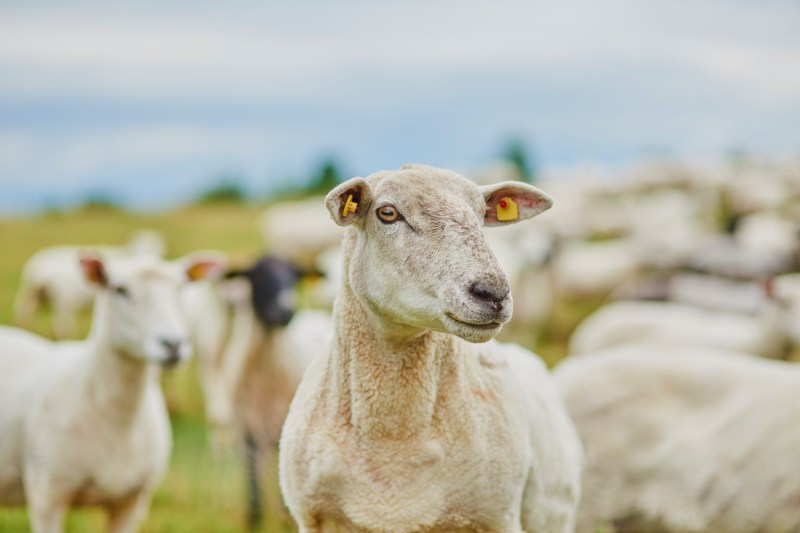
The process of making goat cheese is one of the oldest and simplest forms of cheesemaking. Goats were one of the first domesticated animals and in many parts of the world, goats are still the primary source of milk and cheese.
Goat cheese is produced in the spring season. Unlike cows, dairy goats only produce milk from March to July, so the richest and freshest cheese is created during these months. Fresh goat milk is warmed, allowing it to naturally curdle, the curds (solidified milk protein) separate from the whey which is drained, and the remaining curds are pressed into form. Most goat cheeses will age for only a few days to weeks. Young goat cheeses have a white hue and a soft, crumbly texture; as the cheese ripens it becomes yellower, firmer, and develops a furry rind.
How Does Goat Cheese Taste?
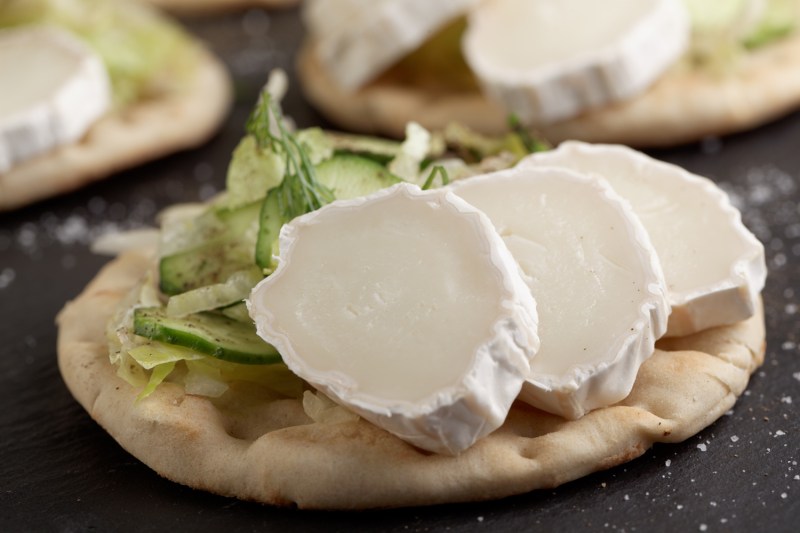
Goat cheese is commonly described as having a mild, earthy, buttery but tart flavor. The flavors will deepen as the cheese ripens making the tartness sharper and earthiness more pronounced. Goat cheese is often sold covered in herbs or peppers for an added layer of flavors.
Like most cheeses, Chèvre is commonly served as part of a platter paired with slices of bread and wine but the mildness of the cheese makes it a popular addition to salads and baked dishes alike. Goat cheese also has a lower lactose content than cow’s milk, which makes it a great cheese choice for those with digestive issues or lactose intolerance.
Types of Goat Cheeses
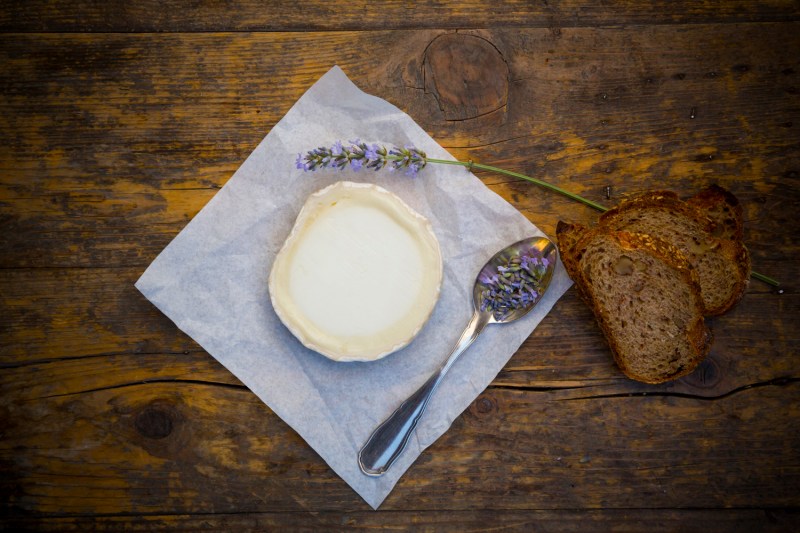
Chèvre is a culinary term often used to reference the entire range of goat cheeses and they are also categorized from soft fresh cheese to hard aged cheese. There is an endless range of goat cheese varieties and flavors created all across the world. Añejo is a firm-aged Mexican cheese, Geitost a sweet Norwegian brown goat cheese, and Yagi (the Japanese word for goat) is a goat cheese made in Japan. Goat cheeses also come in well-known styles such as blue, brie, cheddar, and Gouda.
Fresh or Young
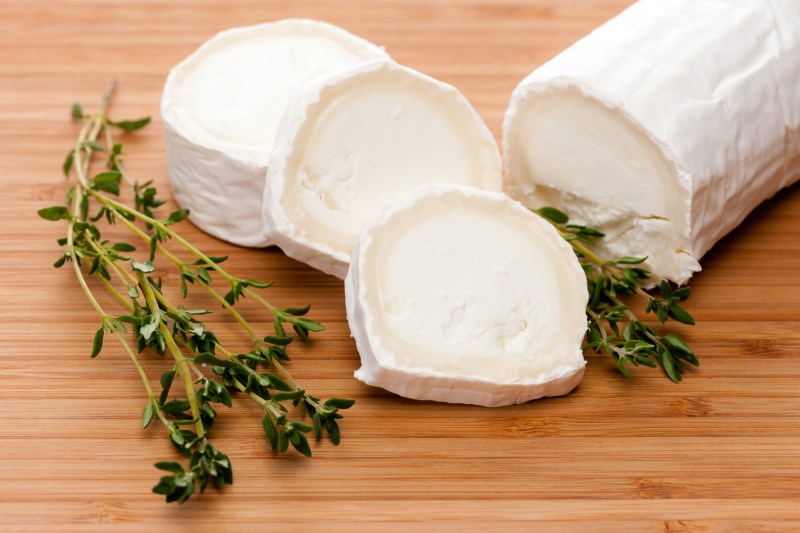
This creamy, rindless cheese is aged only a few days, giving it the mildest flavor and the most spreadable texture. It is the most common type of chevre, often sold plain or mixed with fresh herbs in a log shape.
Types: Petit Billy, Le Cornilly, Labneh
Soft Ripened
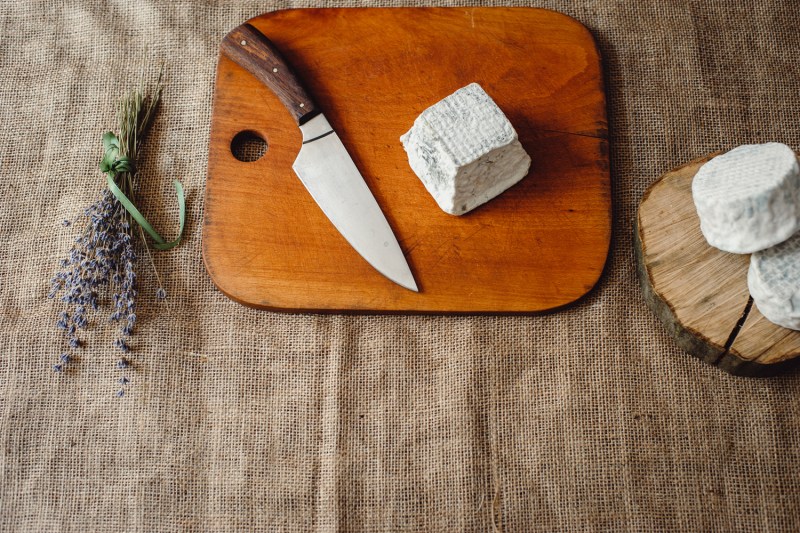
These semi-young cheeses are aged for around three weeks and are known for a citric taste with a natural rind or bloomy rind. Many versions are dusted with charcoal for protection, giving them a signature ash gray-blue shell.
Types: Valençay, Selles-sur-Cher, Humboldt Fog, Brie
Aged Goat Cheese
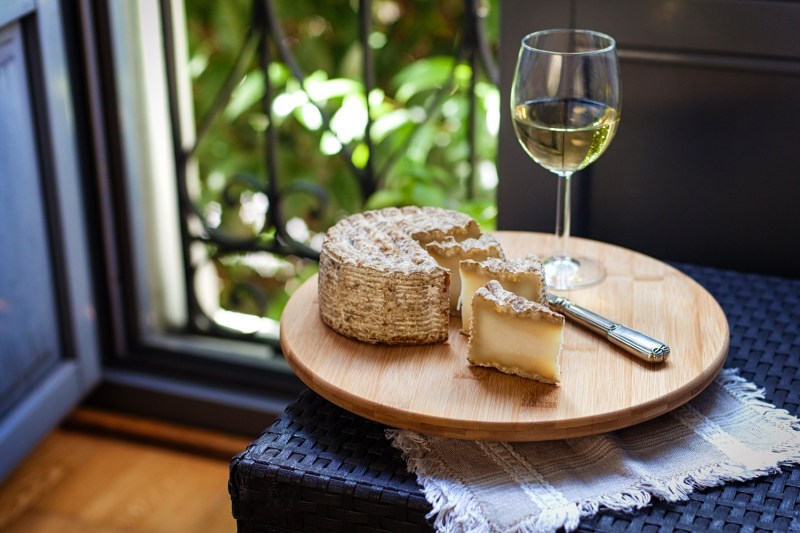
The semi-hard cheeses are aged for up to three months and have a thick rind and a firm texture with a citrusy, earthy finish.
Types: Gouda, Garrotxa, Drunken Goat, Bleu de chèvre



